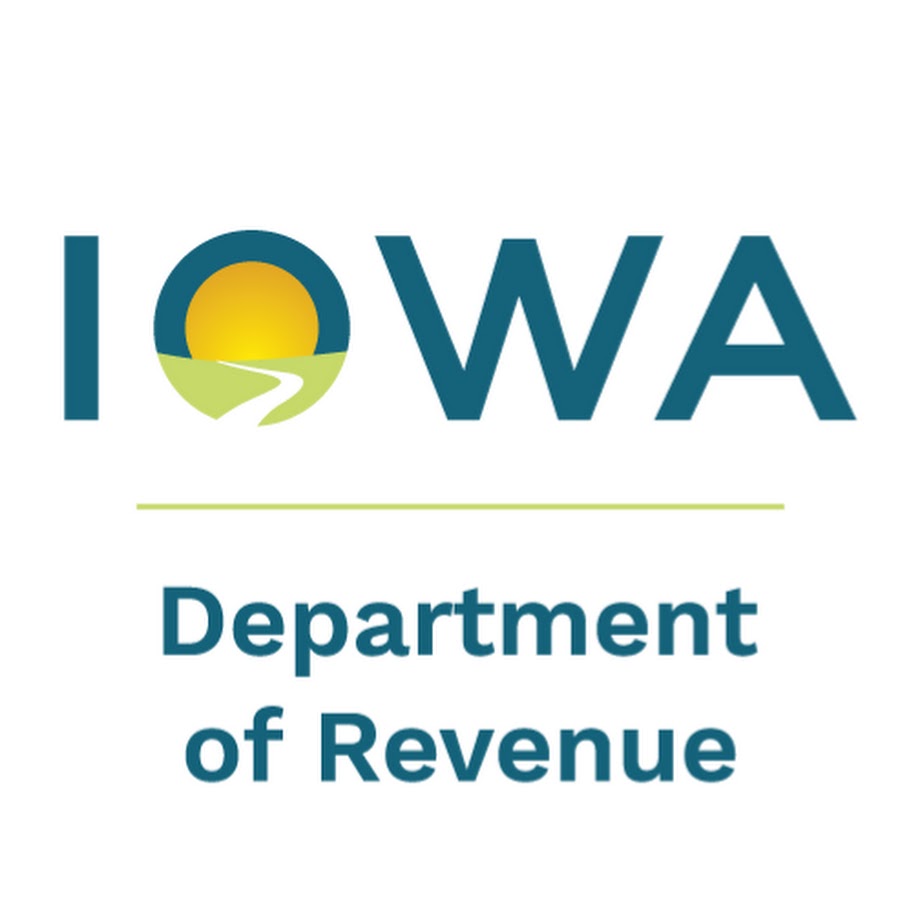NOTEBOOK: What’s the Iowa Department of Homeland Security’s role in addressing climate risk mitigation?

JOE GARDYASZ Nov 22, 2021 | 8:17 pm
2 min read time
509 wordsBusiness Record Insider, Energy, Government Policy and Law, The Insider Notebook
As part of the research that I did for a recent article on the insurance industry’s response to emerging climate risks, I learned that federal agencies are attempting to move from a reactive stance of responding to climate-driven disasters to one focused more on mitigation. View the story here.
President Joe Biden’s executive order made in January regarding the federal government’s response to climate change mitigation will have relatively little immediate impact on procedures for the Iowa Department of Homeland Security and Emergency Management.
The Hazard Mitigation Bureau manages all of the Federal Emergency Management Agency programs in Iowa for hazard prevention, and also maintains Iowa’s Multihazard Mitigation Plan, a five-year planning document that drives the bureau’s priorities in the state.
“I wouldn’t say it’s necessarily changed our processes yet,” said Aimee Bartlett, chief of the department’s Hazard Mitigation Bureau for Iowa. “We have to develop the procedures for risk assessment as well as the projects. I have not seen a direct change in regard to those procedures or processes yet.”
The potential for flooding in Iowa is a key part of hazard mitigation. The focus of the current Multihazard Mitigation Plan, which was approved in 2018, centers on the Iowa Watershed Approach project. The five-year project focused on addressing factors associated with flood disasters in the state by looking comprehensively at the causes of flooding at a watershed scale — rather than at the city or county level — and seeks to propose solutions that would involve the entire watershed.
Bartlett noted that changes made in the criteria for FEMA’s grant programs — the Building Resilient Infrastructure and Communities program and Flood Mitigation Assistance — both now have language in the funding notices that draws attention to assessing climate impact as part of the criteria for awarding funds.
Currently, three Iowa BRIC projects are among 406 that were selected earlier this year by FEMA for further review for possible funding, out of more than 900 projects that applied. The 2020 funding is expected to be announced late this month. In August, the agency opened applications for 2022, which are due in January.
Meanwhile, the state’s Hazard Mitigation Bureau is gearing up for the next update of the Hazard Mitigation Plan, which will be released in 2023. “The 2018 plan was probably the first one where FMEA asked us to include a climate change portion in the plan,” Bartlett said. As the bureau goes through the process over the next 18 months, “I think we would clearly take [climate change] into consideration because it’s impacting various areas of the state.”
The agencies are moving toward a more proactive approach, but it’s going to take time, Bartlett said. “We’re finding our mitigation projects may look like projects we’ve been doing for a number of years, but engineers have to take into consideration future conditions, which can be difficult because data can lag,” she said.
“At our level, we have the analysis, and we’ve started those conversations. But we still have to build our projects on the present regulations.”










